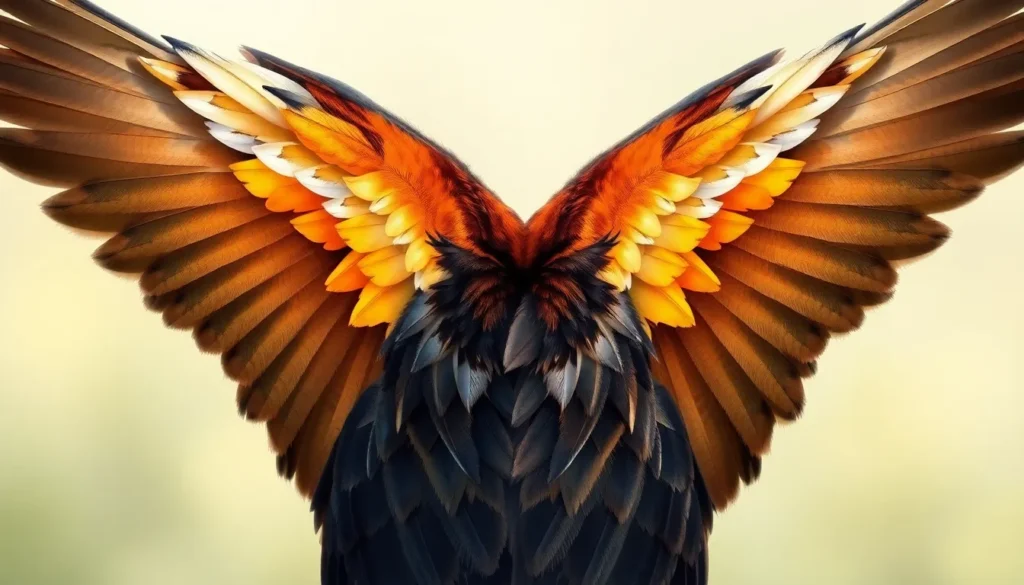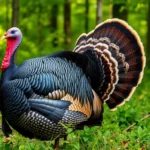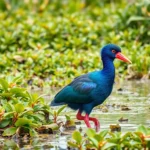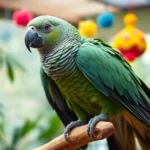When we’re drawing painting or designing anything bird-related we often find ourselves struggling with wing anatomy and positioning. Bird wings are incredibly complex structures that challenge even experienced artists to capture their natural beauty and functionality.
We’ve all been there – staring at a blank canvas or screen trying to figure out how those feathers overlap or where exactly the wing joints bend during flight. The intricate details of primary and secondary feathers the subtle curves of wing membranes and the ever-changing positions during different flight phases can make or break our artistic projects.
That’s why we’ve created this comprehensive bird wings reference guide to help you master these magnificent structures. Whether you’re sketching a soaring eagle or designing a mythical phoenix we’ll walk you through everything you need to know about wing anatomy flight positions and artistic techniques that’ll transform your bird illustrations from awkward to absolutely stunning.
Understanding Bird Wing Anatomy
Bird wing anatomy consists of three fundamental feather groups that create the complete flight system. Each feather type serves exact aerodynamic functions that artists must understand for accurate wing references.
Primary Flight Feathers
Primary flight feathers attach to the wing’s outermost section and provide the main propulsive force during flight. We count 10 primary feathers on most bird species, though some variations exist across different families. These feathers extend from the bird’s “hand” section and create the wing tip’s pointed appearance.
Artists observe primary feathers as the longest and most rigid feathers on the wing. The outermost primary (P10) appears shortest, while the middle primaries (P6-P8) reach maximum length. Primary feathers separate individually during flight, creating gaps that reduce air turbulence and increase efficiency.
The attachment points for primary feathers follow a exact pattern along the wing bones. Each primary connects to a different finger bone, creating the characteristic spread pattern we see during soaring flight. This anatomical arrangement allows birds to adjust individual feathers for precise flight control.
Secondary Flight Feathers
Secondary flight feathers generate lift and attach to the bird’s forearm bone along the trailing edge. We typically find 12-25 secondary feathers depending on the species size and flight style. These feathers remain closer together than primaries and create a more uniform surface for airflow.
The innermost secondaries connect near the bird’s body and appear broader than the outer ones. Secondary feathers work together as a cohesive unit rather than operating independently like primaries. Artists notice these feathers create smooth curves along the wing’s inner trailing edge.
Secondary feathers display less individual mobility compared to primaries but adjust collectively during different flight phases. The entire secondary group angles upward during landing approaches and flattens during high speed flight. This coordinated movement creates the characteristic wing shape changes we observe in flying birds.
Wing Coverts and Structure
Wing coverts consist of multiple layers of smaller feathers that overlay the flight feathers and create smooth airflow surfaces. We identify three main covert groups: lesser coverts, median coverts, and greater coverts. Each layer progressively increases in size from the wing’s leading edge toward the flight feathers.
Lesser coverts appear as the smallest feathers and cover the wing’s forward section near the body. Median coverts create the middle layer and display more defined individual feather shapes. Greater coverts form the final layer before the flight feathers and often show distinct color patterns that artists use for species identification.
The covert arrangement follows an overlapping pattern similar to roof shingles. Each feather layer covers the base of the feathers behind it, creating smooth transitions between different feather groups. Artists observe that coverts hide the mechanical attachment points of flight feathers and create the wing’s streamlined appearance.
Underwing coverts provide additional structural support and appear as a separate feather system beneath the wing. These coverts often display different coloration patterns than the upper wing surface, giving artists important reference points for depicting birds from below.
Types of Bird Wings by Shape

Bird wings exhibit distinct shapes that directly correlate with flight behavior and habitat preferences. Each wing shape represents an evolutionary adaptation that maximizes efficiency for exact flight patterns and environmental demands.
High Aspect Ratio Wings
High aspect ratio wings feature narrow profiles with extended length measurements that create exceptional lift to drag ratios. Albatrosses demonstrate this wing design with spans reaching 11.5 feet and widths measuring only 12 inches at the widest point. These wings enable ever-changing soaring techniques where birds harness wind gradients over ocean surfaces for hours without flapping.
Seabirds like petrels and shearwaters use high aspect ratio configurations to glide efficiently across vast oceanic distances. The narrow wing structure reduces induced drag while maintaining steady lift generation through laminar airflow patterns. Artists can observe how these wings appear proportionally thin when viewed from below and create distinctive silhouettes against sky backgrounds.
Low Aspect Ratio Wings
Low aspect ratio wings display broad widths relative to their overall length creating compact flight surfaces optimized for maneuverability. Hawks and eagles possess these wing configurations with chord measurements often exceeding 30% of total wingspan. These proportions generate high lift coefficients that enable precise control during hunting activities and thermal soaring.
Forest dwelling raptors like Cooper’s hawks use low aspect ratio designs to navigate dense vegetation with sharp turns and sudden directional changes. The broad wing surface provides immediate lift response and enhanced stability during perching transitions. Reference materials show how these wings create rounded silhouettes with visible primary feather separation at wing tips.
Elliptical Wings
Elliptical wings combine moderate aspect ratios with rounded tips that optimize lift distribution across the entire wing surface. Songbirds including robins and sparrows feature this wing shape with smooth curves that transition from narrow bases to broader midsections. The elliptical configuration minimizes wingtip vortices while maintaining sufficient surface area for rapid takeoffs.
This wing type excels in environments requiring quick acceleration and frequent landing sequences such as urban parks and gardens. Elliptical wings generate consistent lift patterns that support hovering capabilities and precise landing control. Artists observe how these wings create flowing curved lines that appear symmetrical when birds extend them during gliding phases.
Swept Wings
Swept wings angle backward from the body attachment point creating arrow shaped configurations that reduce drag at higher flight speeds. Falcons exemplify this design with wings that sweep approximately 45 degrees from perpendicular body alignment. The swept configuration delays airflow separation over wing surfaces enabling sustained high velocity flight patterns.
Peregrine falcons achieve diving speeds exceeding 240 mph using swept wing aerodynamics that minimize air resistance during hunting stoops. The angled wing structure channels airflow smoothly over flight surfaces while maintaining structural integrity under extreme speed conditions. Reference studies show how swept wings create distinctive triangular silhouettes that differentiate fast flying species from other bird groups.
Flight Mechanics and Wing Function
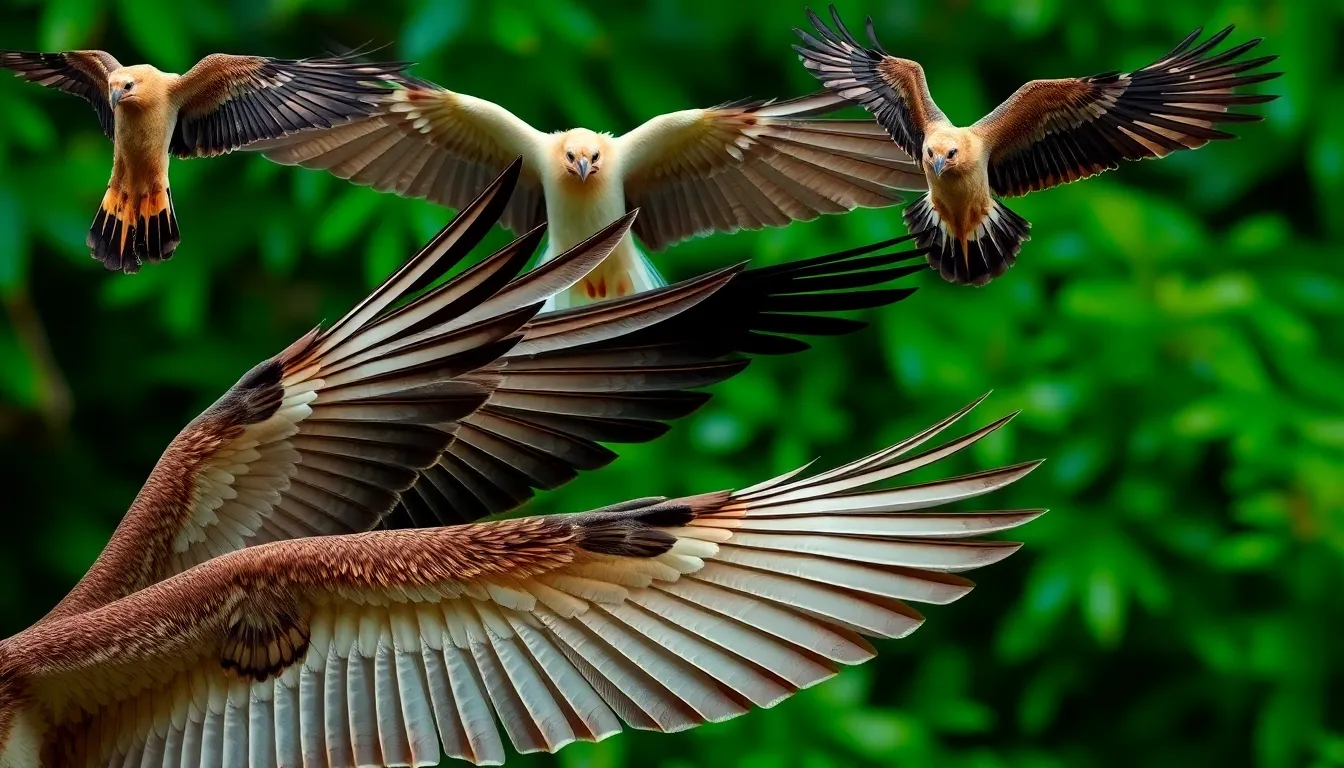
Flight mechanics govern how birds achieve and maintain aerial movement through precise wing coordination. Understanding these principles helps artists accurately depict birds in various flight positions.
Lift Generation
Lift generation occurs through two primary mechanisms that work simultaneously during bird flight. Bernoulli’s principle creates pressure differences as air flows faster over the wing’s curved upper surface than the flatter lower surface. Angle of attack adjustments allow birds to modify lift production by tilting their wings upward relative to airflow direction.
Wing camber changes throughout the flight cycle as birds flex their primary and secondary feathers. Greater curvature increases lift at slower speeds while flatter profiles reduce drag during high-speed flight. Birds actively control feather positioning to optimize lift generation for different flight phases.
Primary feather contributions include:
- Creating wingtip vortices that generate additional lift
- Forming slots between individual feathers to prevent stall
- Adjusting independently for fine-tuned lift control
- Reducing turbulence through feather tip design
Secondary feathers maintain smooth airflow across the wing’s inner section. These feathers work collectively to preserve lift during wing upstroke and downstroke movements. Covert feathers eliminate gaps between flight feathers to maintain consistent airflow patterns.
Wing Loading and Performance
Wing loading measures the ratio between a bird’s body weight and total wing area. Lower wing loading values indicate better maneuverability and slower stall speeds. Higher wing loading creates faster flight speeds but requires more energy expenditure.
Wing loading characteristics by bird type:
| Bird Type | Wing Loading (N/m²) | Flight Characteristics |
|---|---|---|
| Hummingbirds | 8-12 | Hovering capability, rapid direction changes |
| Songbirds | 15-25 | Quick acceleration, woodland navigation |
| Raptors | 25-45 | Efficient soaring, precise hunting dives |
| Waterfowl | 45-65 | High-speed migration, water takeoffs |
| Seabirds | 35-55 | Long-distance gliding, wind utilization |
Performance optimization occurs through wing shape modifications during flight. Birds extend their wings fully for maximum lift during slow flight or landing approaches. Partial wing folding reduces effective wing area during high-speed dives or strong wind conditions.
Aspect ratio influences flight efficiency as longer, narrower wings provide better gliding performance. Shorter, broader wings enhance maneuverability in cluttered environments like forests or urban areas. Birds adapt their wing positioning based on immediate flight requirements and environmental conditions.
Energy expenditure varies significantly with wing loading and flight style. Continuous flapping flight demands more energy than intermittent gliding or soaring techniques. Birds with optimal wing loading for their habitat experience reduced metabolic costs during typical flight activities.
Species-Specific Wing Variations
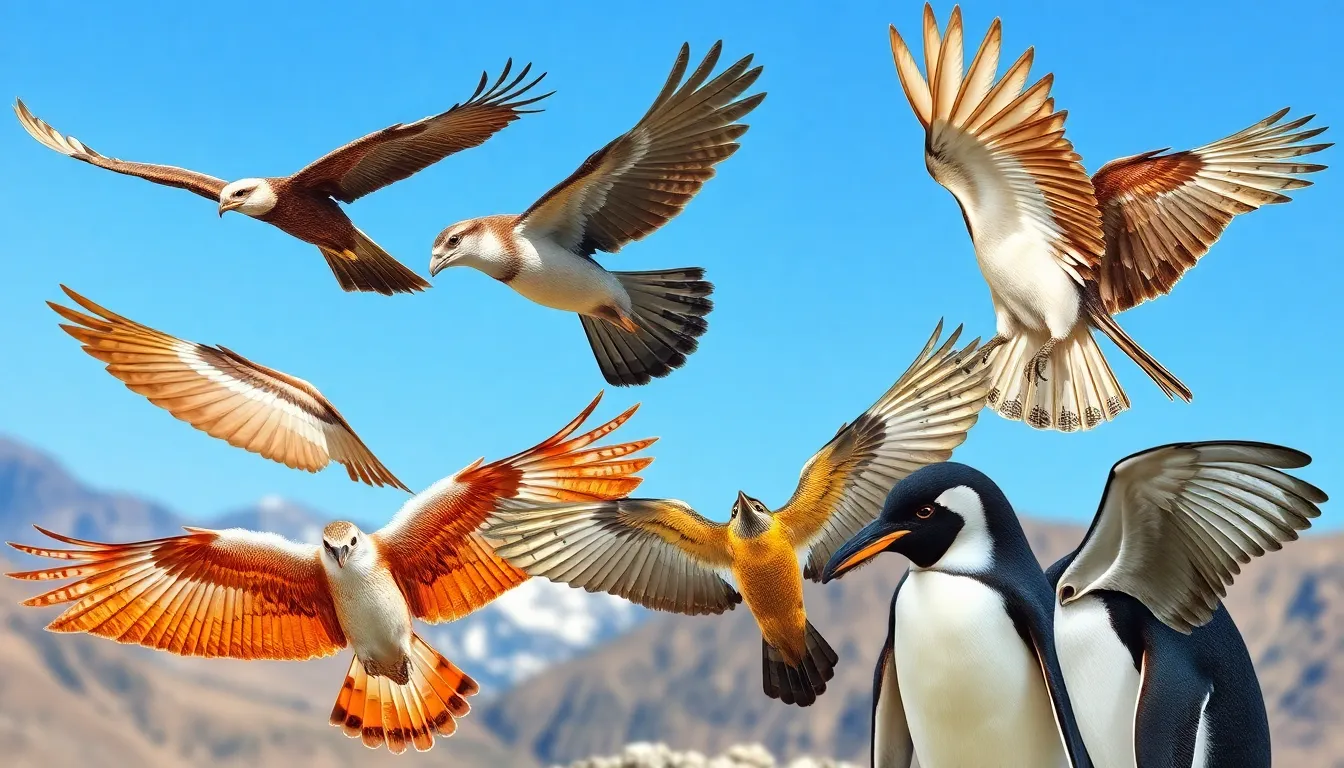
Different bird species showcase distinct wing adaptations that directly correlate with their flight behaviors and ecological niches. We observe remarkable diversity in wing structure across avian families, each optimized for exact flight requirements.
Soaring Birds
Soaring species possess wings designed for maximum lift generation with minimal energy expenditure. Eagles display wing spans ranging from 6 to 8 feet with deeply slotted primary feathers that create individual vortices for enhanced stability. Hawks feature broad wings with aspect ratios between 4.5 and 6.0, allowing precise thermal navigation through primary feather adjustments. Vultures exhibit the most pronounced wing slotting, with 7-8 distinct finger-like projections at wing tips that prevent stalling during low-speed soaring.
Albatross wings represent the extreme end of soaring adaptation, measuring up to 11 feet in span with aspect ratios exceeding 15:1. These wings feature locked elbow joints that eliminate muscle fatigue during extended gliding periods. Condors demonstrate similar adaptations with wing loadings of only 1.8 pounds per square foot, enabling effortless ridge soaring in mountainous terrain.
Flapping Flight Specialists
Fast-flying birds exhibit compact, pointed wings optimized for continuous powered flight. Falcons possess swept-back wings with aspect ratios between 8 and 10, creating minimal drag during high-speed pursuits reaching 200+ mph. Swallows feature triangular wing profiles with flexible primary feathers that bend during rapid directional changes, facilitating their characteristic aerial acrobatics.
Hummingbirds represent the most specialized flapping flight adaptation, with wings capable of 80 beats per second through modified shoulder joints. Their wing-to-body ratio exceeds 25%, providing the lift necessary for hovering flight patterns. Swifts maintain continuous flight for months through sickle-shaped wings that reduce air resistance during migration periods covering 6,000+ miles.
Aquatic Birds
Diving species showcase wing modifications for both aerial and underwater propulsion. Penguins feature flipper-like wings with solid bone structure and dense feathering that functions as underwater paddles generating speeds up to 22 mph. Their wing bones measure 3 times denser than flying birds, providing necessary ballast for diving depths reaching 1,800 feet.
Cormorants possess wings adapted for both flight and diving, with reduced buoyancy through specialized feather structure that allows water penetration. Pelicans demonstrate large wing areas with aspect ratios around 7.5, supporting their 15-pound body weight during low-speed fishing flights. Auks exhibit compact wings measuring only 6-8 inches in length, optimized for underwater maneuverability rather than efficient aerial flight.
Using Bird Wings as Art Reference
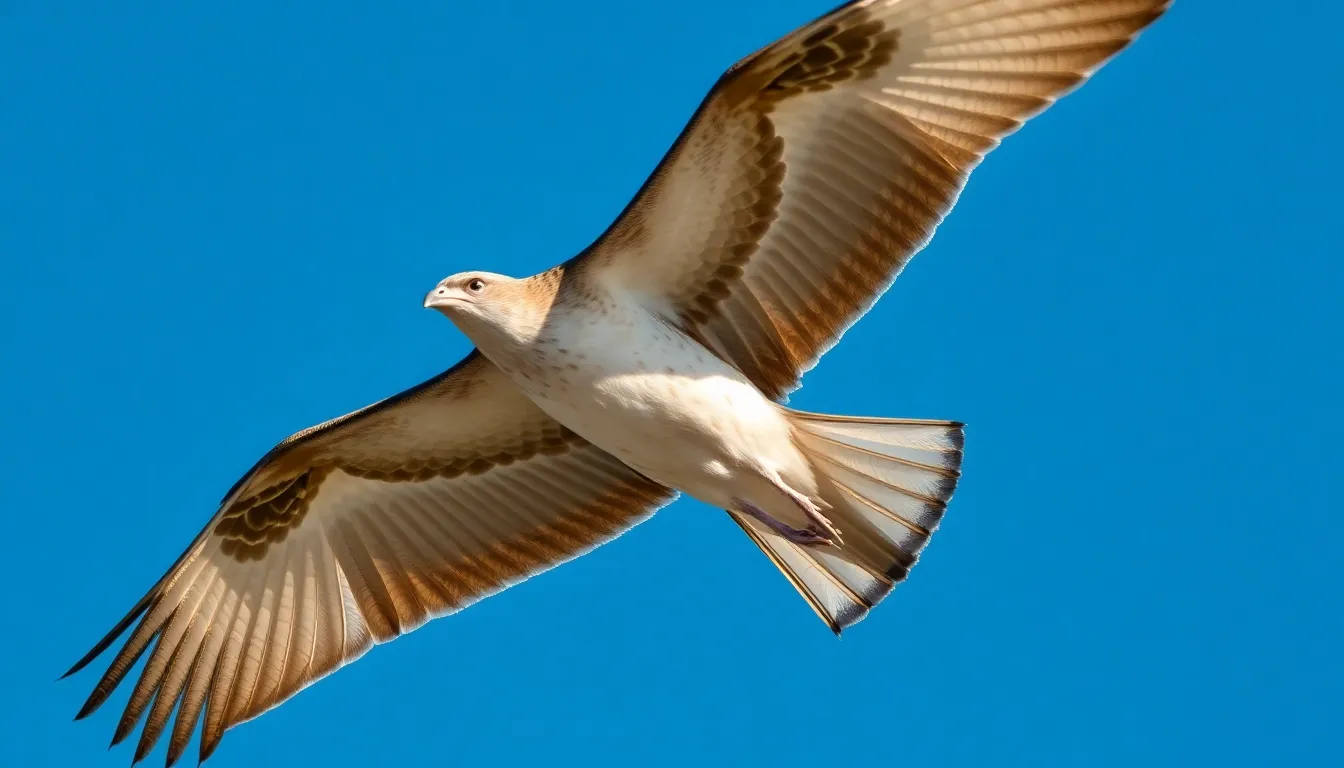
Artists transform anatomical knowledge into compelling visual representations by applying structured reference techniques. We develop accuracy through systematic observation and deliberate practice methods.
Sketching Wing Positions
Primary flight positions offer distinct gestural opportunities for ever-changing bird illustrations. Extended wings during gliding showcase the full span of primary and secondary feathers stretched horizontally, creating dramatic silhouettes that emphasize wingspan proportions. Folded wings at rest position feathers in overlapping layers, revealing covert arrangements and creating compact triangular shapes against the bird’s body.
Upstroke positions capture wings at their highest point during flapping cycles, with primaries angled upward and secondaries maintaining lift surfaces. Downstroke positions show wings pressed downward with primaries creating propulsive thrust angles. Banking positions demonstrate asymmetrical wing configurations where one wing extends higher than the other during directional changes.
Takeoff positions feature wings spread wide with pronounced camber as birds generate maximum lift. Landing positions show wings cupped and angled to create drag for controlled descent. Artists benefit from studying multiple angles of each position to understand three-dimensional wing structures rather than relying on single-perspective references.
Understanding Wing Movement
Wing articulation involves multiple joint systems working in coordinated sequences throughout flight cycles. Shoulder joints provide primary rotation axes for major wing sweeps, while elbow joints control wing folding and extension patterns. Wrist joints enable fine adjustments to wingtip angles and feather positioning.
Feather rotation occurs independently across wing surfaces as birds adjust individual primary positions for optimal aerodynamic efficiency. Artists observe how primaries separate during upstrokes to reduce air resistance, then close formation during downstrokes to maximize thrust generation. Secondary feathers maintain more consistent positions but adjust their angles to modify lift characteristics.
Phase relationships between opposite wings create alternating patterns in many flight styles. Hummingbird wings rotate in figure-eight patterns that generate lift during both upstrokes and downstrokes. Soaring birds maintain steady wing positions with minimal flapping motion, making subtle adjustments to exploit air currents.
Common Reference Mistakes
Static wing representations ignore the ever-changing nature of feather positioning during flight phases. Artists frequently draw wings as rigid structures rather than flexible surfaces that constantly adjust their configurations. Primary feathers appear uniform in many illustrations when they actually vary in length, width, and positioning along the wing’s trailing edge.
Symmetrical wing positions dominate amateur bird art even though most flight behaviors involving asymmetrical wing configurations. Banking, turning, and maneuvering all require different wing angles and positions. Artists overlook these variations and default to perfectly mirrored wing positions that appear unnatural.
Scale relationships between wing components create proportion errors in many reference studies. Covert feathers often appear oversized relative to flight feathers, disrupting the natural layering patterns that create smooth wing surfaces. Wing span measurements relative to body size frequently appear incorrect when artists estimate proportions rather than measuring reference materials.
Anatomical simplification removes essential details that distinguish different bird species and flight capabilities. Generic wing shapes fail to capture the exact adaptations that define raptors, songbirds, or waterbirds. Artists benefit from species-exact reference collections rather than relying on generalized wing templates.
Digital Resources for Wing References
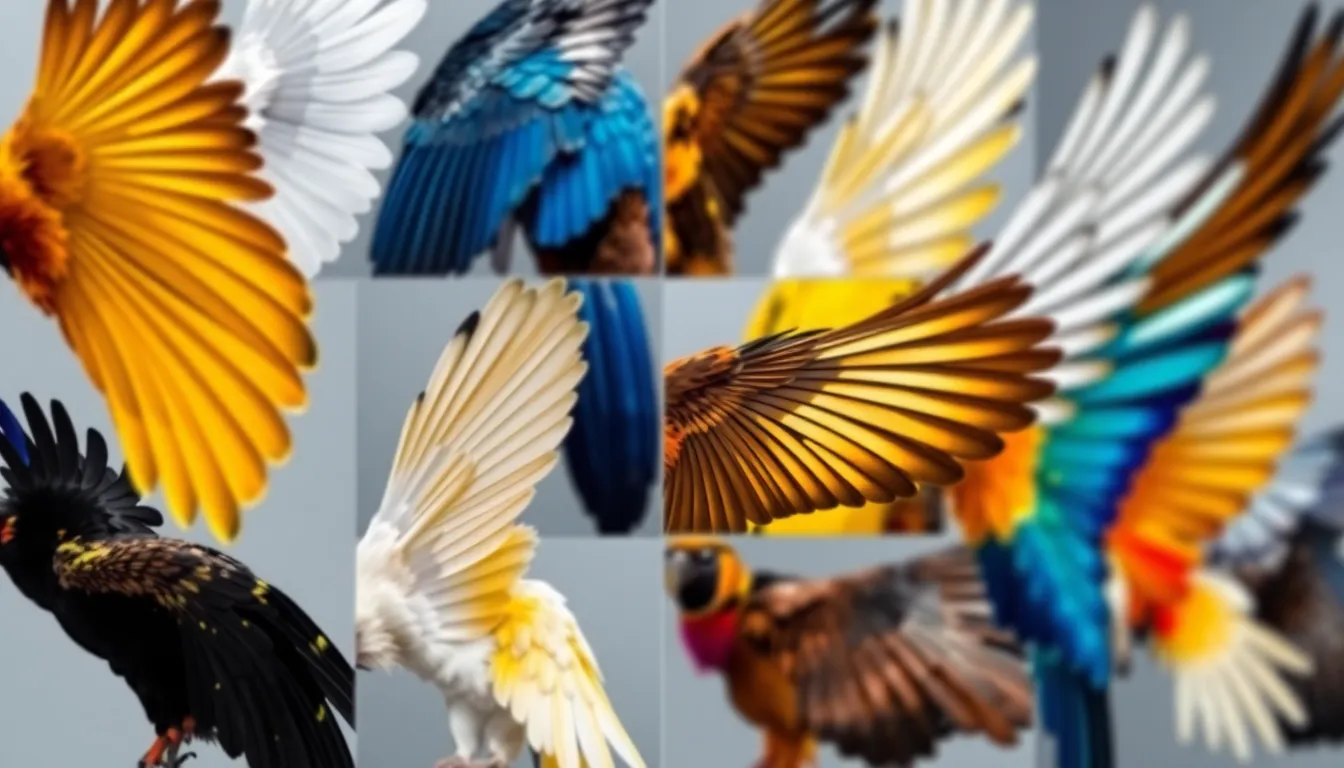
Digital platforms provide unprecedented access to high-quality bird wing references that surpass traditional field guides in detail and versatility. These resources offer artists multiple perspectives and ever-changing representations essential for accurate wing depiction.
Photography Collections
Online photography databases contain thousands of high-resolution bird wing images captured in various flight phases and positions. Macaulay Library by Cornell Lab houses over 2 million bird photographs with advanced search filters for wing positions, species, and flight behaviors. eBird contributors upload daily wing reference photos from field observations worldwide.
Professional wildlife photography collections on platforms like Getty Images and Shutterstock feature isolated wing shots with clean backgrounds perfect for artistic study. Flickr groups dedicated to bird photography maintain curated galleries where photographers share detailed wing captures across different lighting conditions.
Regional bird photography societies publish seasonal wing migration studies that document feather wear patterns and molting stages. Museums like the Smithsonian National Museum of Natural History digitize their specimen photography collections, providing standardized wing spread measurements and anatomical views.
3D Models and Animation
Interactive 3D bird models allow artists to rotate and examine wing structures from any angle without temporal constraints. Sketchfab hosts scientifically accurate bird models with detailed feather geometry and realistic wing flex animations. Educational platforms like BioInteractive provide downloadable 3D wing models with anatomical labels and movement demonstrations.
Animation studios release wing reference footage showing frame-by-frame wing beat cycles for different bird species. YouTube channels specializing in bird behavior analysis offer slow-motion wing movement videos that reveal feather positioning during various flight maneuvers.
Game development resources include rigged bird wing models with realistic joint constraints and feather physics simulations. Unity Asset Store and Unreal Engine Marketplace feature professional bird wing assets with customizable feather patterns and animation controllers.
Scientific Illustrations
Ornithological journals publish detailed wing diagrams that emphasize anatomical accuracy over artistic interpretation. Journal of Avian Biology archives contain precise wing measurements, feather mapping studies, and comparative wing morphology illustrations across bird families.
Field guide illustrations by renowned bird artists like David Sibley and Lars Jonsson demonstrate proper wing proportions and species-exact characteristics. Birds of North America Online provides comprehensive wing illustrations showing dorsal and ventral views with feather group identification.
Scientific museums maintain digital archives of historical bird wing studies dating back centuries. Biodiversity Heritage Library digitizes ornithological texts containing detailed wing anatomy plates and comparative studies that remain relevant for contemporary artistic reference.
Research institutions publish wing loading studies with accompanying illustrations that show wing area calculations and flight performance correlations. American Ornithological Society publications include wing morphology data with standardized measurement techniques and visual documentation protocols.
Conclusion
We’ve equipped you with the essential knowledge and resources to transform your bird wing artwork from basic sketches to anatomically accurate masterpieces. Understanding wing structure feather groups and flight mechanics provides the foundation for creating believable bird illustrations.
The digital resources we’ve explored offer unprecedented access to high-quality references that complement traditional observation methods. From the Macaulay Library’s extensive photography collection to interactive 3D models these tools make accurate wing depiction more achievable than ever.
Remember that each bird species presents unique wing adaptations shaped by their exact flight requirements and habitats. We encourage you to combine anatomical knowledge with species-exact references to capture the distinctive characteristics that make each bird’s wings remarkable.
With consistent practice and the right references your bird wing illustrations will showcase both artistic skill and scientific accuracy.
Frequently Asked Questions
What are the three fundamental feather groups that contribute to bird flight?
The three essential feather groups are primary flight feathers (attached to the hand bones, providing thrust and steering), secondary flight feathers (attached to the forearm, generating lift), and wing coverts (smaller feathers that smooth airflow and provide structural support). Understanding these groups is crucial for accurate wing depiction.
How do different wing shapes relate to bird flight behavior?
Wing shapes directly correlate with flight patterns and habitat preferences. High aspect ratio wings suit soaring and gliding, low aspect ratio wings enable quick maneuvers in dense environments, elliptical wings provide efficient flapping flight, and swept wings are designed for high-speed aerial performance.
What is wing loading and why is it important for artists?
Wing loading refers to the ratio of a bird’s body weight to its wing area. Birds with high wing loading (heavy body, smaller wings) require faster wingbeats and different flight mechanics compared to those with low wing loading. This affects how wings should be positioned and shaped in artwork.
What are common mistakes artists make when drawing bird wings?
Common errors include incorrect feather layering, improper wing proportions, inaccurate flight positions, and generic wing shapes that don’t match specific species. Artists often overlook species-specific adaptations and fail to reference actual bird anatomy, resulting in unrealistic wing depictions.
What digital resources are available for bird wing references?
Key digital resources include the Macaulay Library for high-quality bird photography, Getty Images for professional shots, Sketchfab for interactive 3D models, and ornithological journals for scientific illustrations. These platforms provide accurate anatomical references with precise measurements and detailed wing positions.
How do aquatic birds’ wings differ from terrestrial species?
Aquatic birds have specialized wing adaptations for their environment. Diving birds often have narrower, more pointed wings for underwater propulsion, while surface swimmers may have broader wings for takeoff from water. These adaptations significantly impact wing shape, feather arrangement, and flight mechanics.
Why should artists use species-specific wing references?
Each bird species has unique wing characteristics evolved for their specific lifestyle, habitat, and flight requirements. Using generic references leads to inaccurate depictions. Species-specific references ensure proper proportions, correct feather patterns, and authentic flight positions that reflect each bird’s natural behavior and anatomy.

